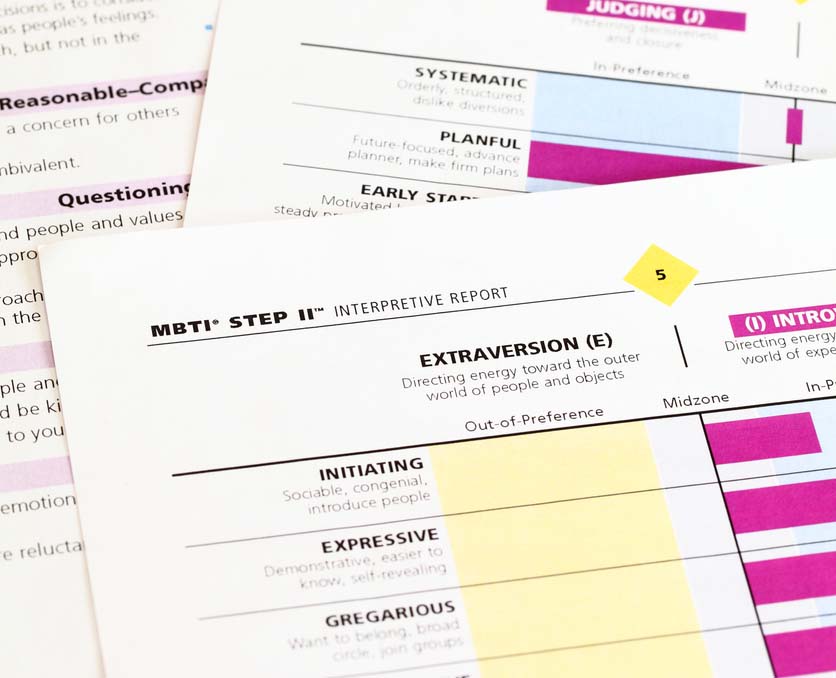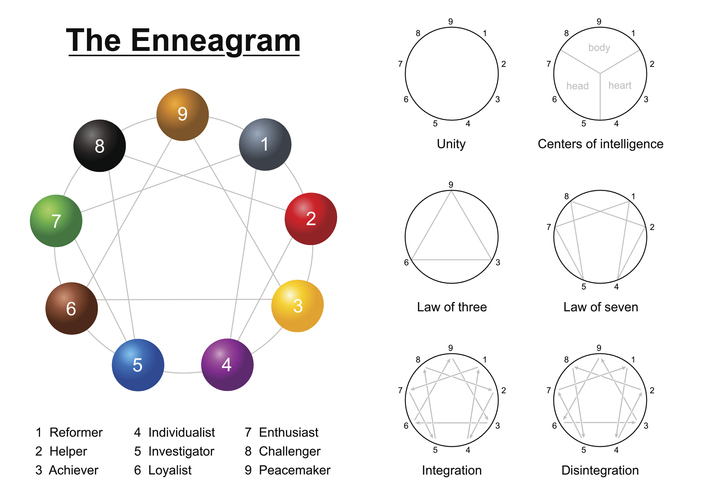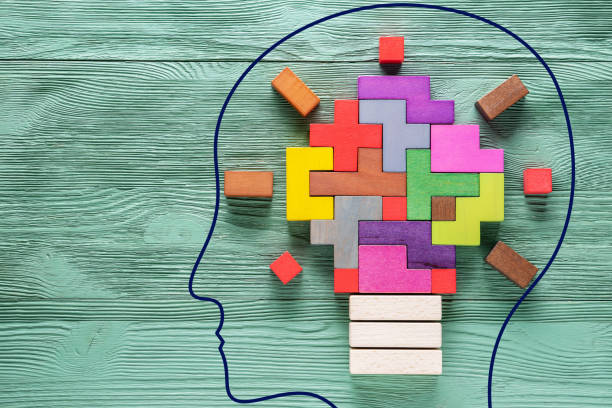Have you ever noticed your repeat behavior patterns that occur when trying to make a meaningful change?
If you have, one of the ways to overcome this resistance is considering your blind spots and the reason for your actions. A proven method of doing this is by identifying your Myers-Briggs® Type Indicator (MBTI) and Enneagram types. These assessments raise our awareness of our innate behaviors, underlying patterns, and biases. By knowing yours, you can change the practices that are holding you back.
The MBTI is a personality inventory based on the work of Carl G. Jung’s theory that people of the same type have the same underlying motivations and view the world in fundamentally similar ways.

It measures individual preferences on four dichotomies:
- Extroversion or Introversion: Whether you relate more to the external or internal world.
- Sensing or Intuition: The way you prefer to take in information.
- Thinking or Feeling: Looks at how you prefer to make evaluations and decisions.
- Judging or Perceiving: How you show up in the outer world; are you organized and seek closure, or do you prefer to live more spontaneously.
The Enneagram maps out habitual patterns that are essential for greater self-awareness.
Pronounced ANY-A-gram, the Enneagram explains why we behave the way we do, and it points to specific directions for individual growth. Because it has so many levels, it’s remarkably accurate. For starters:

- It has nine different types with one of three distinct versions that all of us share, directed toward self-preservation, social interaction, or one-to-one closeness.
- These twenty-seven subtypes highlight specific blind spots with ways to overcome them.
- Furthermore, there’s the “center” of the diagram, which corresponds to the three centers of the body: the heart, head, and gut.
- And our personalities are influenced by our Wing type, the type on either side of our specific number.
It’s important to note that variations of each stem from factors such as maturity, parents’ types, birth order, and cultural values.
For example:
As I progressed in my career, I found myself in an 18-month cyclical pattern. I went from being energized, engaged, and happy; to being worn out, feeling unappreciated, and frustrated. Through my learnings, it became apparent that I derived my happiness from external factors, such as pleasing and doing what others wanted.
- From an MBTI perspective, I’m an INFJ. My dominant function is introverted intuition. At my best, I’m dedicated and conscientious to others, and my values, as well as organized, creative, and decisive. However, when stressed, I become overindulgent and take on the negative qualities of my inferior function, Sensing, known as being “in the grip.” At work I became obsessed and worried about details; and then would lash out.
- My Enneagram is a Self-Preservation Two with a Wing One. I love feeling needed and take pride in helping and pleasing others. My Wing One keeps me organized, with an eye on perfection. With my focus on others, I couldn’t articulate my needs and wants clearly. I was worried about what the other person would think. I was distracting myself from things I wanted and prioritized their asks above mine. With my heightened awareness, I now see when these patterns are surfacing, and I’m able to stop, think, and reflect.
Now, I’m more present, patient, and do not need to react immediately to please another person. For example, when I want to say “no, I don’t want to do that,” I can instead state clearly and calmly, “Actually, this is what would work better for me” or “I’m not sure, let me think it through and come back to you.” I can also now clearly outline what I want and do not want from a career standpoint from a proactive perspective.
Each of us has our own set of growth challenges and blind spots to overcome. What may seem insignificant to you may be significant for someone else.
If you have a strong desire to improve your life but continue to hit the same roadblocks or just can’t get started, these assessments can help you. You can make small, substantial changes that help you pivot, reduce anxieties, and improve your relationships and overall well-being just by witnessing your personality for what it is.

